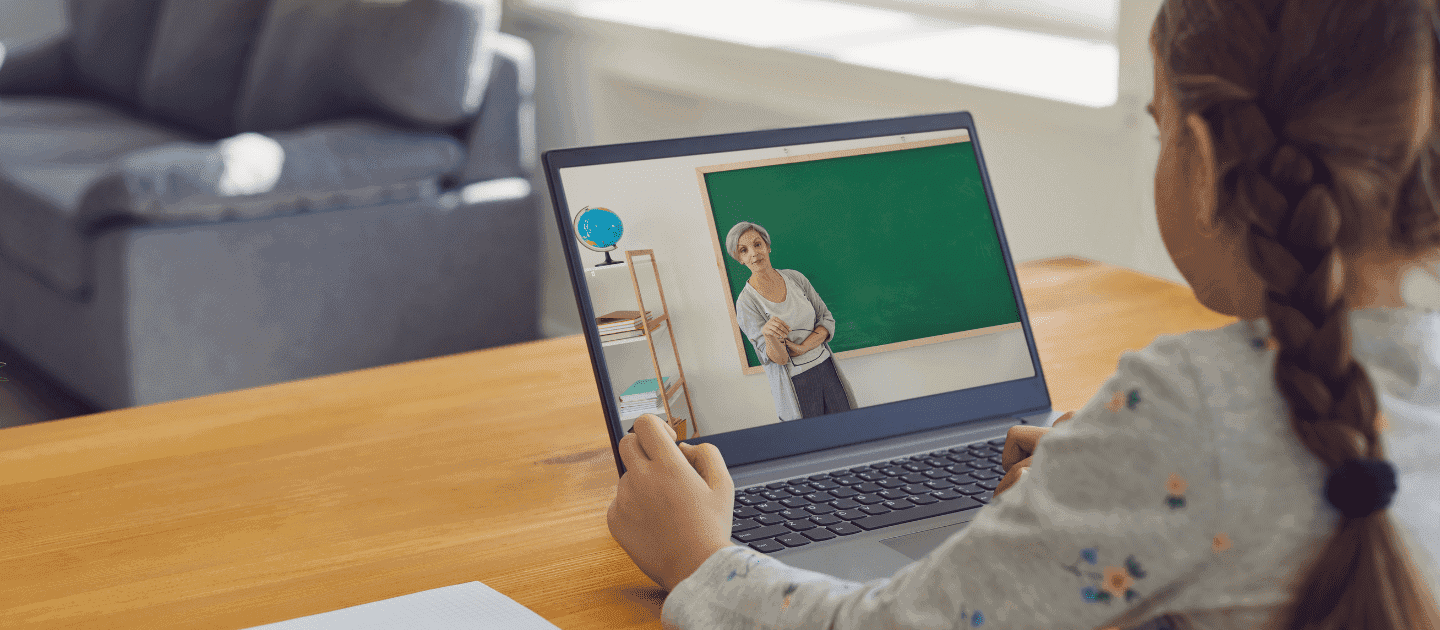
Self and Peer-Correction Techniques in Teaching
Students with emotional and behavioral disorders (EBD) face an increased risk of mental health issues and behavior-related disciplinary action, impacting their academic success.
14 Apr 2024
April 27, 2022

Students with emotional and behavioral disorders (EBD) face an increased risk of mental health issues and behavior-related disciplinary action, impacting their academic success. During the COVID-19 pandemic, these risks have been significantly exacerbated due to physical and social isolation. Educators working to support students with EBD must adapt their methods of instruction and communication in order to provide consistent and effective services. Thus, educational policies and guidelines must be re-evaluated to reflect the new challenges brought forward by virtual learning environments. — Taryn McBrayne
In the United States, “5% of all students with disabilities receiving special education services under the Individuals with Disabilities Education Act (IDEA) fall under the disability category of emotional disturbance.”1 Students with emotional and behavioral disorders (EBD), “are significantly more likely to be suspended, expelled, and arrested than their peers without IEPs and with IEPs for other disabilities.”2 As a result, students exhibiting EBD and who have an Individualized Education Plan (IEP) often have access to intensive behavior interventions and support plans that are managed by special education teachers. However, following the declaration of the COVID-19 pandemic in March 2020, many schools closed, “potentially exacerbating the risk factors experienced by students with EBD.”
Following the closure of schools, districts needed to determine new policies regarding how students with an IEP would receive the support and services that they are legally entitled to. While technology aided in the provision of these services, those with limited access to technology (i.e., lower bandwidth, lack of access to appropriate devices) may have had compromised access to services, resulting in a negative impact on learning.3,4
Hirsch et al. “surveyed special education teachers (SETs) and resource specialist program teachers (RSPs) who were serving students with EBD in spring 2020” in order to “gather information about the extent to which these educators delivered the various supports and interventions delineated in students’ IEPs during school site closures.” Survey respondents represented 35 states, the majority of whom reported working in public schools.
The results of the survey can be summarized as follows:
The authors of the article acknowledge that because the survey was conducted during the midst of the pandemic, their study is not without limitations. Some of the limitations mentioned in the article include: lack of a fully representative sample, reduced list of intervention strategies provided in the survey questions, and a reliance on respondent self-reporting.
Despite these limitations, Hirsch et al. propose “numerous practical, policy, and research implications and directions for future research.” The authors call on policy-makers and educational leaders to develop specific “guidelines for mandating and supporting continuity of instructional services particularly for students with disabilities during school site closures.” They also suggest that gaps in access to technology need to be addressed to prevent an increasing “homework gap” for those learners who do not have the capability to complete tasks as a direct result of poor internet access. Furthermore, while the results of the study suggest that student well-being check-ins were prioritized, some respondents admitted to not checking in with their students at all, prompting a re-evaluation of communication methods during virtual learning.
Hirsch, S. E., Bruhn, A. L., McDaniel, S., & Mathews, H. M. (2022). A Survey of Educators Serving Students With Emotional and Behavioral Disorders During the Covid-19 Pandemic. Behavioral Disorders, 47(2), 95–107. https://doi.org/10.1177/01987429211016780
Summary by: Taryn McBrayne — Taryn believes in the power of student voice and, through the MARIO Framework, strives to create more opportunities for both educators and students to regularly make use of this power.